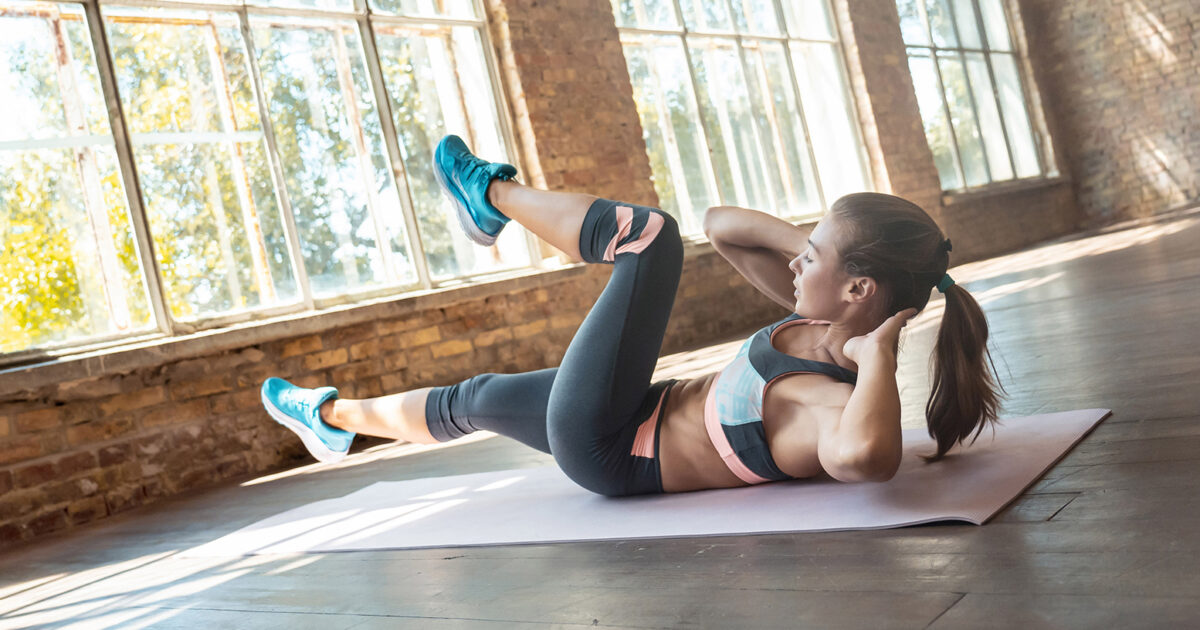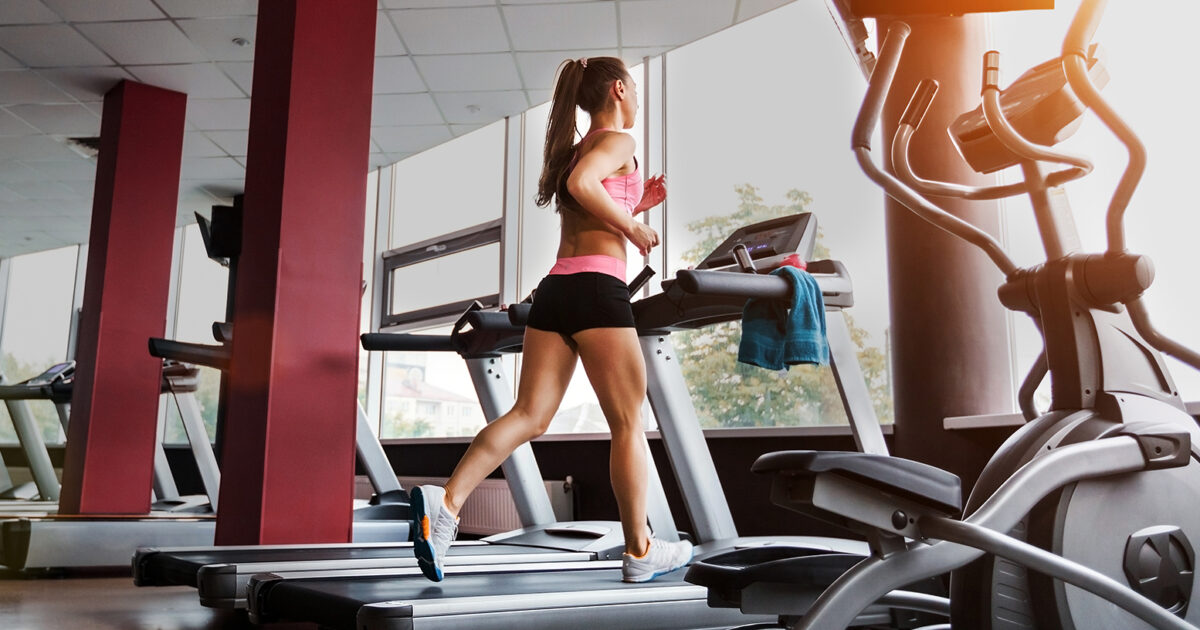Put simply, active rest is when you take a day off working out but still incorporate easy light movement. The sweet spot between kicking up your heels on the sofa all day and overtraining.
Naturally, after a heavy training session the day before, you might feel like saying “I’m not moving a damn inch today – I deserve it!”, before spending eight hours binge-watching Netflix.
But what your body actually deserves is movement. It’s what it was designed for.
Rest without movement (passive recovery) is necessary if you’re feeling completely wiped out, or if a doctor has advised you to limit movement.
Otherwise, always, always, always choose active rest.
WHY ACTIVE REST IS BEST
1. It helps blood reach sore muscles
If you’re lifting weights or performing intense workouts, you’re going to tear muscles. And if you don’t allow those muscles to fully recover, you might actually see a decrease in their endurance.
Lower intensity activities include yoga, walking, a leisurely jog or a relaxing swim. Each of these increase blood flow around your body, delivering nutrients (from amino acids to oxygen) to your muscles so they can repair themselves more effectively.

2. It gives faster fitness results
As per our previous point, all that blood flowing to your muscles is not only essential for repair. To get the gains of exercise, you have to create the right conditions for muscles to recover properly. Active rest gives muscles a break while maintaining their power, flexibility and strength – the magic combination.
3. It keeps momentum
If we spend our rest day lounging for hours, we can end up feeling cranky, sore, and stiff. Which makes us even less inclined to get moving and can even reverse our progress. Staying mobile not only makes you feel better mentally – offering a break from intense physical training – but also makes it easier to return to your regular exercise routine when you’re able to.
4. It can decrease your chance of injury
FYI: foam rollers are your friend. On active rest days, mindfully roll out exhausted muscles to prevent exercise-related muscle injuries. This is especially important for runners, who often find themselves with shin splints. Never overdo it – it’ll only decrease progress in the long run.
5. It can help shake up your fitness skills
It’s not unusual to get bored with your workout routine. Your active rest day can be a great way to do something completely different. If you’re a lifter, try some light jogging. Runner? Give yoga a go. If you’re only doing the same exercise you’re used to (but a lighter version), your body and mind won’t benefit from the other workout types that can complement your favourite fitness form.
Please note:
Always listen to your body and trust what it tells you. If it needs a full-on, heels-up, butt-on-sofa day, there’s no harm in it. Fully passive rest days are also needed to replenish nutrient stores.




